I rephotographed some earlier images in good sunlight (versus cloudy dull before). The same film stock was shot on a Leica MP with a TTArtisans 50mm f1.4 lens and film developed for four hours in Rodinal at 400:1 dilution with 16 degree water; a single inversion was given after two hours. The recommended development dilution of 100:1 with stand development for one hour is my usual procedure while weaker dilutions, up to 1000:1, have been reported on various photography sites.
First a comment on the lens. Chinese but manufactured to a standard that should make Leica blush. I remember the first time I took my new Summicron on a hike, by the end of the hike several patches of paint had been knocked off the lens. The TTArtisans lens is beautifully and solidly made. Images are superb, on film I think indistinguishable from cron images at f4, possibly even wider. My only dislike about the lens is its weight – a necessary accompaniment of the wide aperture and solid build.
Stand development used with Rodinal in weak dilutions is a compensating developer. Without regular agitation the developer in contact with the film is used up in proportion to the amount of exposed silver, and areas with high exposure quickly use up the developer. Further development can occur only slowly if active developer migrates to the film surface. The weaker the solution the greater this compensating effect becomes. Looking at the negatives in this series and comparing to negatives developed at 100:1 or 200:1 it is immediately obvious that at 400:1 negatives are very “flat” (low contrast). This is great for high contrast images where some areas are very heavily exposed while others are very lightly exposed. In all cases modification of the contrast curve is necessary to create the image I prefer.
The first image of the inside of the viewpoint shows virtually completely blank sky and black interior on the straight scan but contrast adjustment bring a huge amount of detail visible in the interior and some information in the largely clear sky.
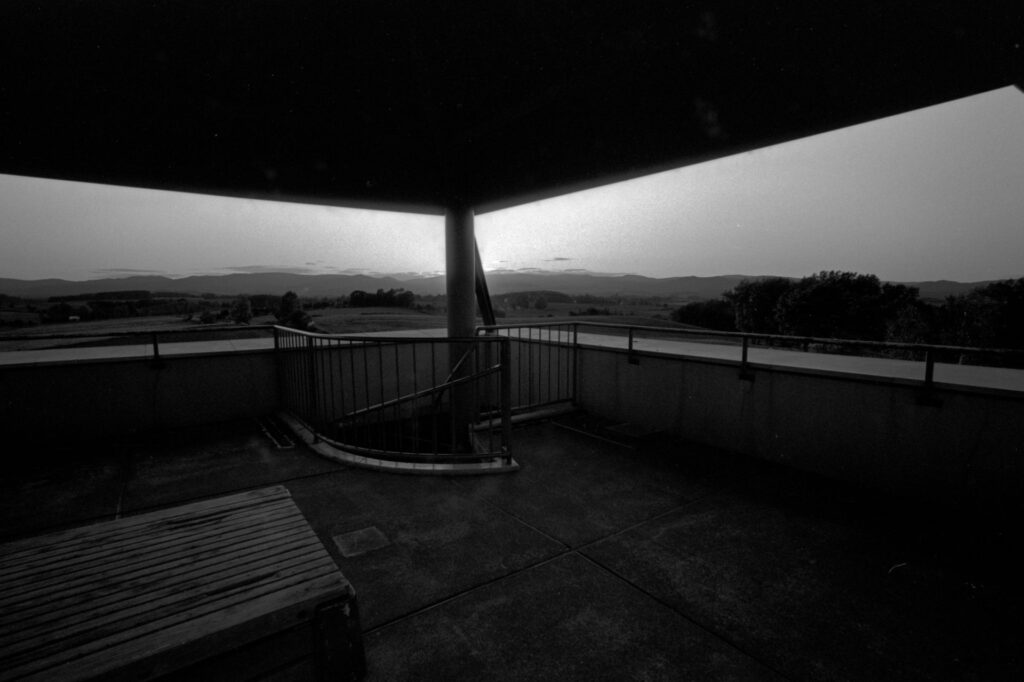
The exterior view is also relatively high contrast; note too the virtually grain free sky.
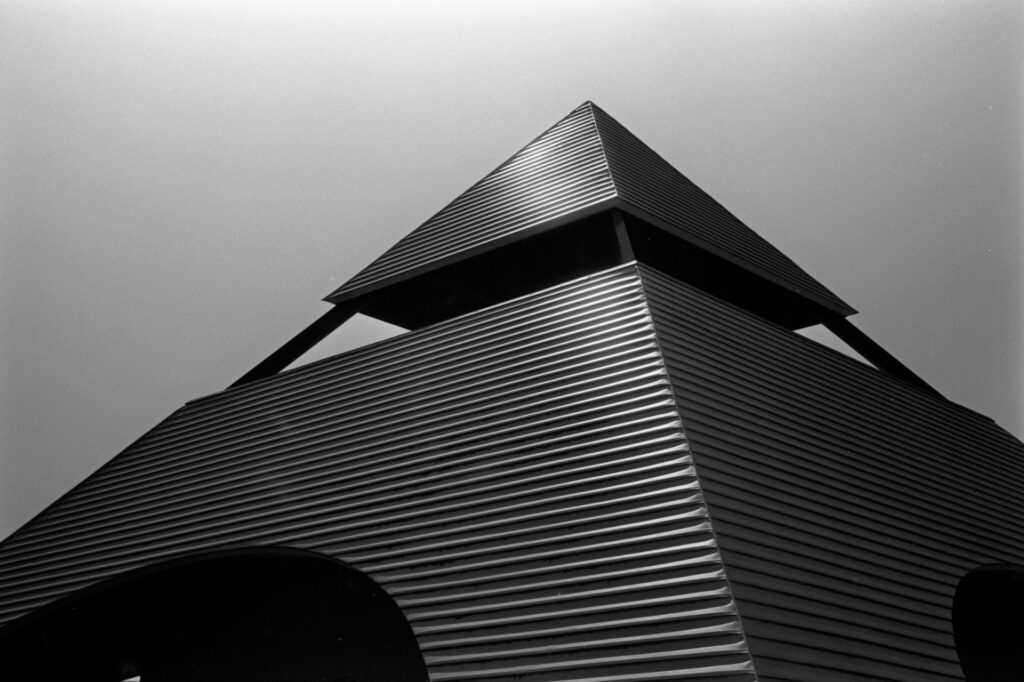
The level crossing negative was very flat and needed considerable changes to the contrast curve to get something with some life back in it, but not my favourite rendition.
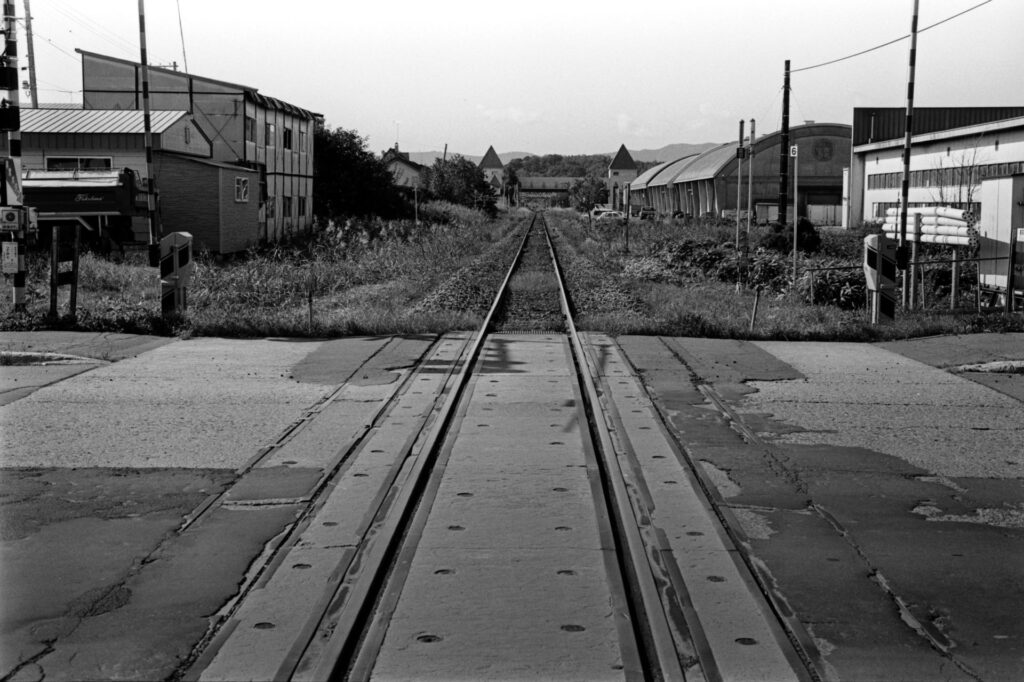
The temple in the previous post was in full shade so here is a similar temple in part sun. Again contrast curve changes were considerable in this and the following two images.
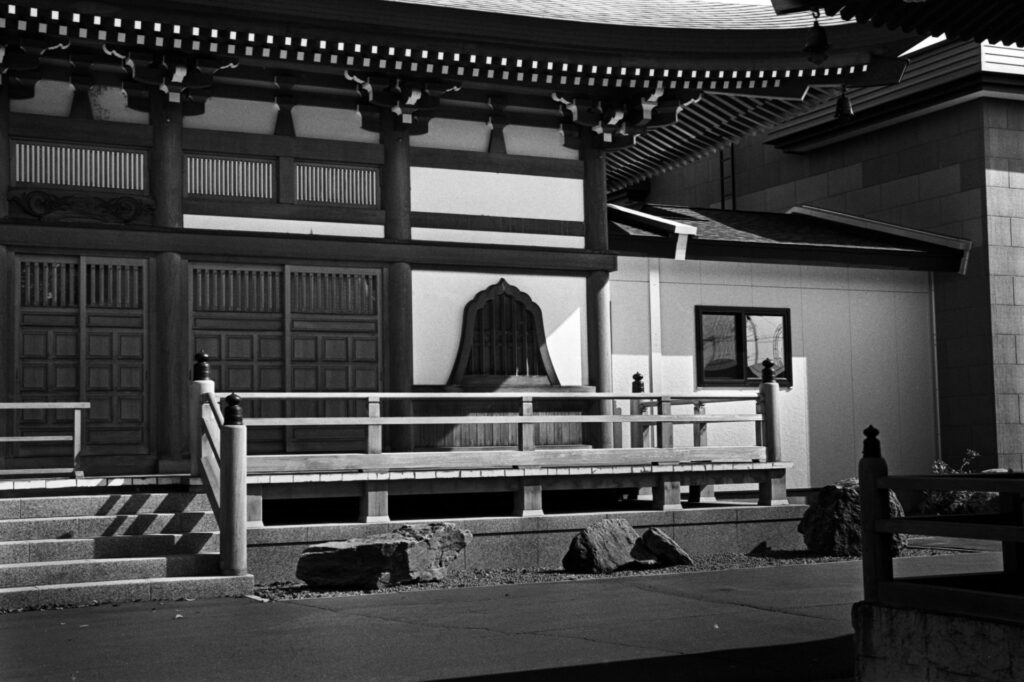
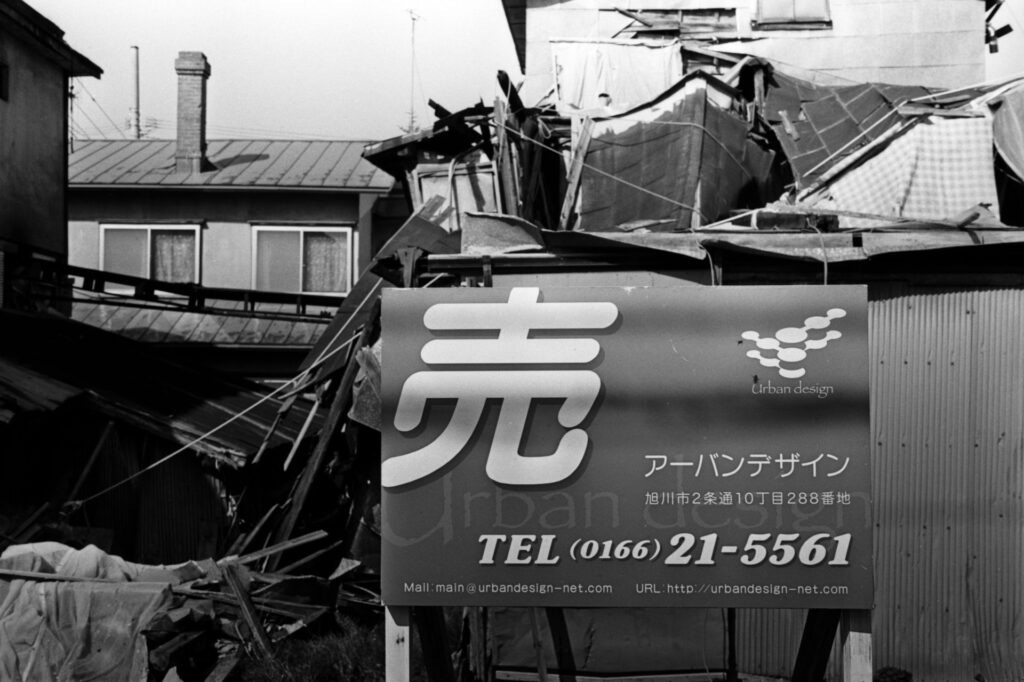
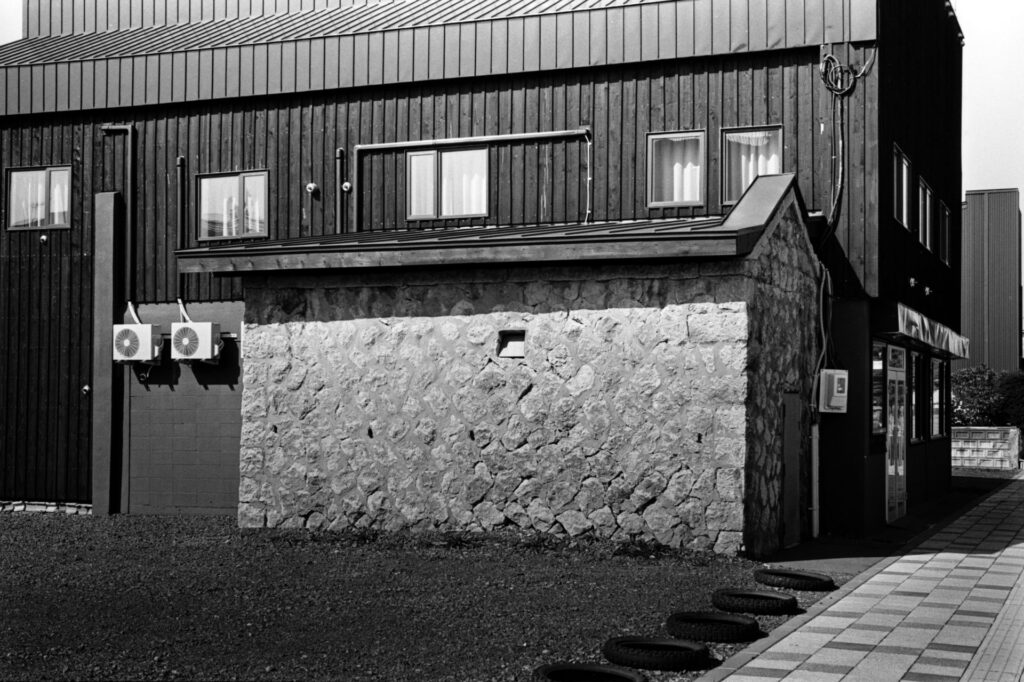
While I like Rodinal 100:1 and 200:1 very much I think at 400:1 it is better restricted to very high contrast scenes. While it is possible to extract acceptable images from normal contrast scenes it requires more work and even then I prefer the rendition that arises naturally from the lower dilutions. Of course these tests were with a specific film but should be indicative of results with other emulsions.
Share this post:
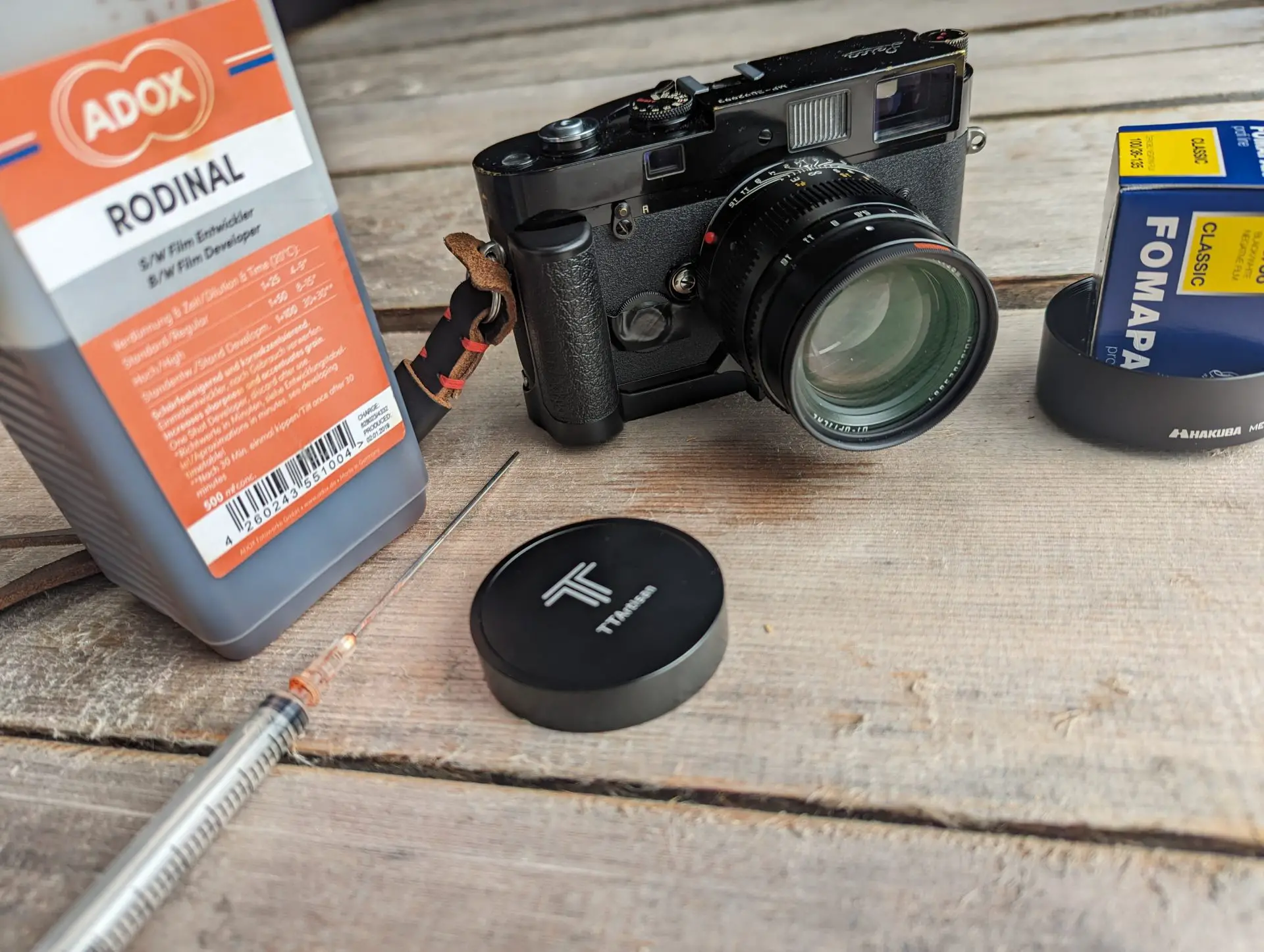
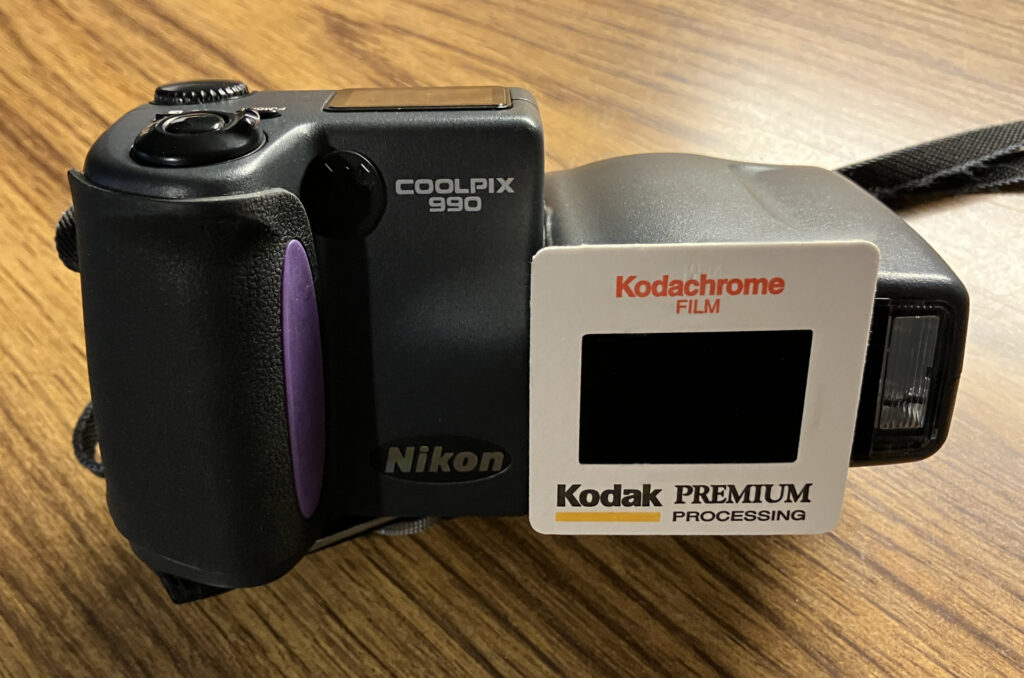


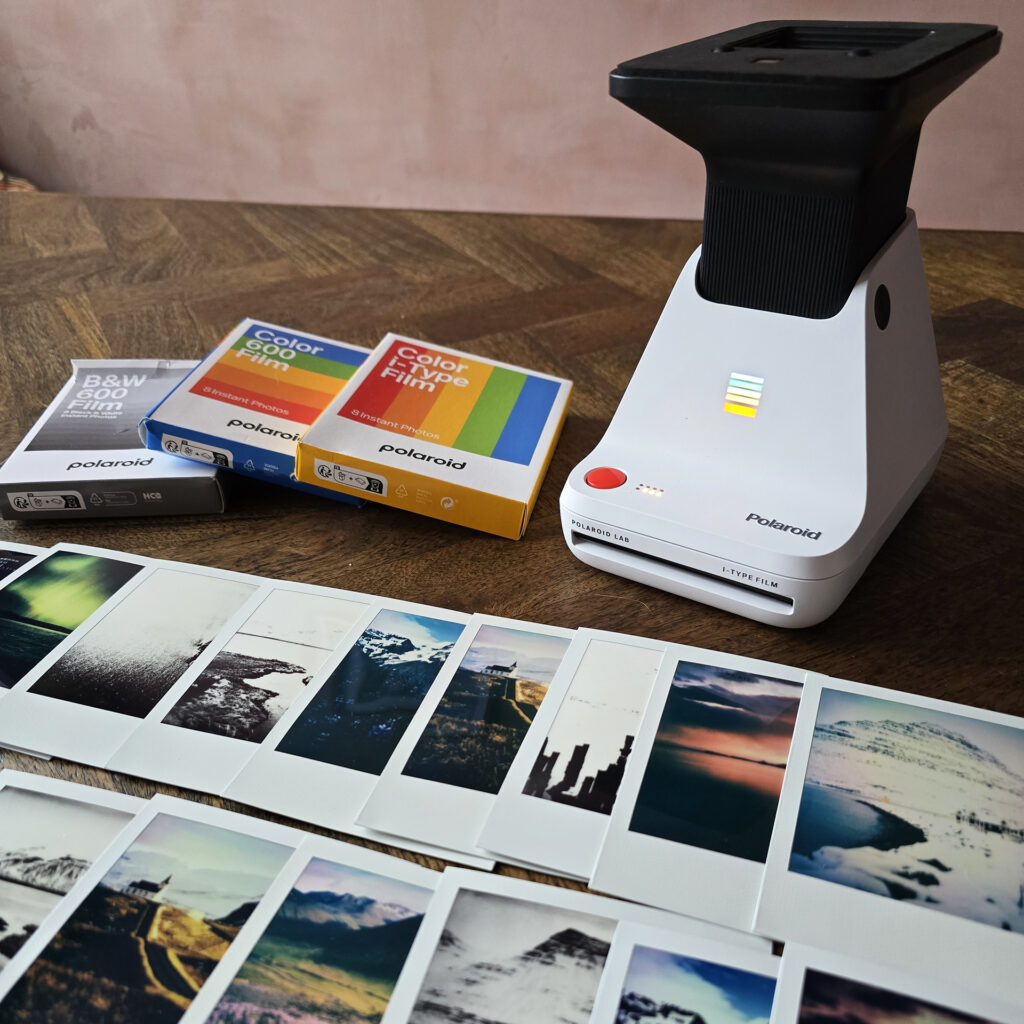




Comments
Ralph Turner on Development Tests, Part 2: Adox Rodinal 400:1, Fomapan 100 Classic and TTArtisans 50mm f1.4
Comment posted: 02/12/2023
Comment posted: 02/12/2023
Manuel on Development Tests, Part 2: Adox Rodinal 400:1, Fomapan 100 Classic and TTArtisans 50mm f1.4
Comment posted: 02/12/2023
Comment posted: 02/12/2023
Ds on Development Tests, Part 2: Adox Rodinal 400:1, Fomapan 100 Classic and TTArtisans 50mm f1.4
Comment posted: 02/12/2023
This combination is well-suited for high contrast images.
Comment posted: 02/12/2023
Eric on Development Tests, Part 2: Adox Rodinal 400:1, Fomapan 100 Classic and TTArtisans 50mm f1.4
Comment posted: 03/12/2023
Comment posted: 03/12/2023
Alexander Seidler on Development Tests, Part 2: Adox Rodinal 400:1, Fomapan 100 Classic and TTArtisans 50mm f1.4
Comment posted: 03/12/2023
Comment posted: 03/12/2023
Luka Boskovic on Development Tests, Part 2: Adox Rodinal 400:1, Fomapan 100 Classic and TTArtisans 50mm f1.4
Comment posted: 03/12/2023
Comment posted: 03/12/2023